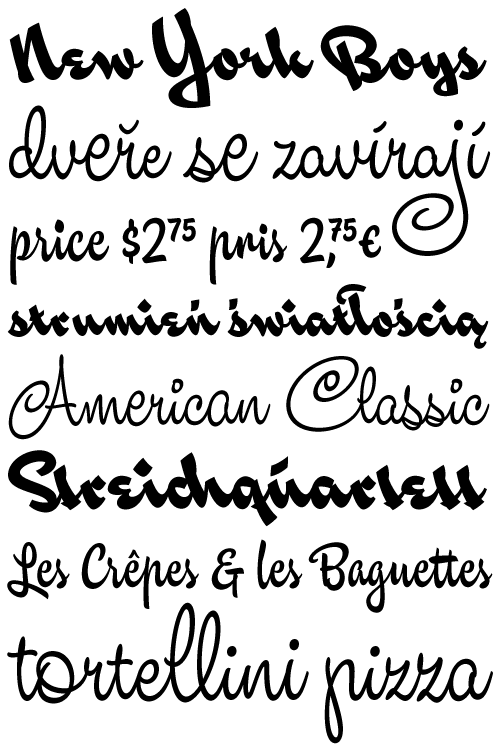Auto-Tune the News
my one quarrel with the rainbow is that its spectrum isn’t wide enough
“In common with
all novelists, I live for and am addicted to physical variety; and my
one quarrel with the rainbow is that its spectrum isn’t wide enough. I
would like London to be full of upstanding Martians and Neptunians, of
reputable citizens who came, originally, from Krypton and Tralfamadore.”
—Martin Amis, “No, I am not a racist”, The Guardian, 1 December 2007.
Happiness writes white
“Happiness writes white. It does not show up on the page.”
—Henry de Montherlant (1895-1972).
We all know this
“I think it was Montherlant who said that happiness writes white: it doesn’t show up on the page. We all know this. The letter with the foreign postmark that tells of good weather, pleasant food and comfortable accommodation isn’t nearly as much fun to read, or to write, as the letter that tells of rotting chalets, dysentery and drizzle. Who else but Tolstoy has made happiness really swing on the page?”
—Martin Amis, London Fields, 1989.
Let me change to blue
“Let me change to blue,
Or throw a violet shadow when I will.”
—Dylan Thomas, “It’s light that makes the intervals”, The Poems of Dylan Thomas, 1971.
Studio Lettering
Flower Garden
Welcome to the Flower Garden. (Brought to you by way of Kitty Pickett and The Poland Place News.)
The Etiquette of Exchanging Business Cards
the darkness blazed
“ ‘The most astonishing discovery of recent times—at any rate the one that has taught me the most—is the discovery of the photogenic apparatus of deep-sea creatures.’
‘Oh, tell us about it!’ cried Lilian, letting her cigarette go out and her ice melt on the plate.
‘You know, no doubt, that the light of day does not reach very far down in to the sea. Its depths are dark . . . huge gulfs, which for a long time were thought to be uninhabited; then people began dragging them, and quantities of strange animals were brought up from those infernal regions—animals that were blind, it was thought. What use would the sense of sight be in the dark? Evidently they had no eyes; they wouldn’t, they couldn’t have eyes. Nevertheless, on examination it was found to people’s amazement that some of them had eyes; that they almost all had eyes, and sometimes antennae of extraordinary sensibility into the bargain. Still people doubted and wondered: why eyes with no means of seeing? Eyes that are sensitive—but sensitive to what? . . . And at last it was discovered that each of these animals which people at first insisted were creatures of darkness, gives forth and projects before an around it its own light. Each of them shines, illuminates, irradiates. When they were brought up from the depths at night and turned out on to the ship’s deck, the darkness blazed. Moving, many-coloured fires, glowing, vibrating, changing—revolving beacon-lamps—sparkling of stars and jewels—a spectacle, say those who saw it, of unparalleled splendour.’
Vincent stopped. No one spoke for a long time.”
—André Gide, The Counterfeiters, translated by Dorothy Bussy, 1927.
